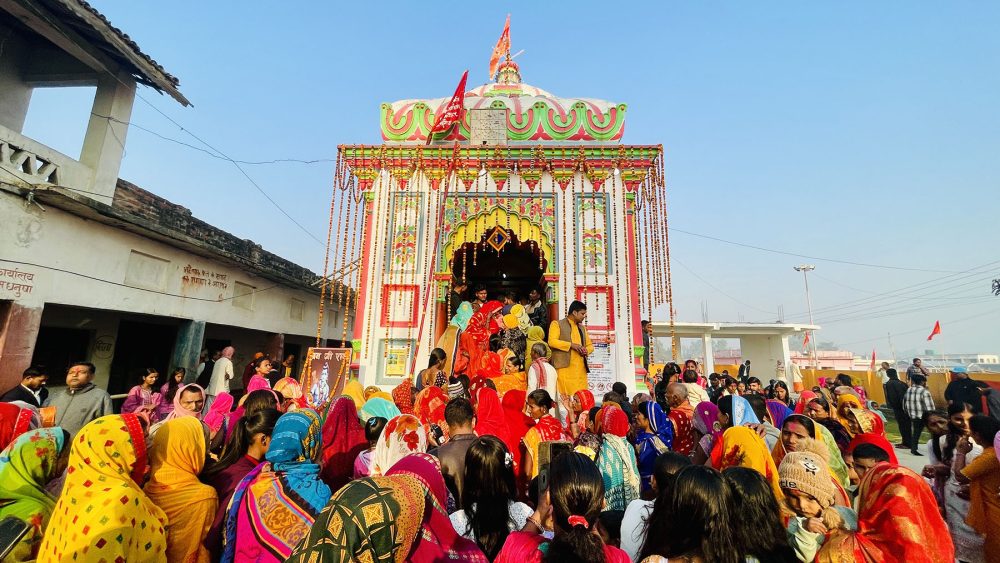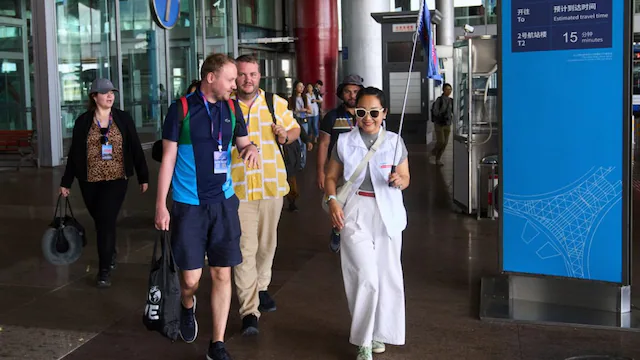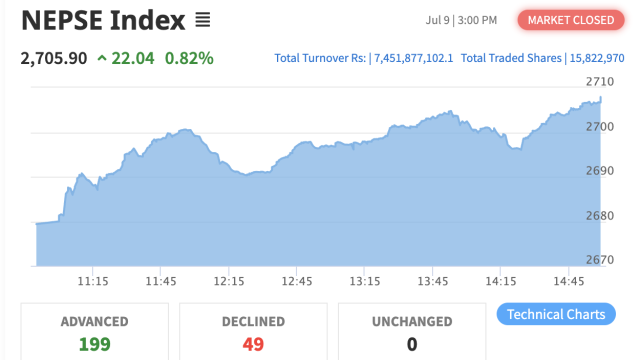The ancient Mithila region, including Mahottari, is currently immersed in the grand celebrations of devotion and dedication. Preparations are underway for the Mahashivaratri festival and the Mithila Maadhimiki Parikrama, known as the great pilgrimage of Mithila.
Mahashivaratri is celebrated on the 13th day of the dark fortnight of Falgun, and the 15-day Mithila Maadhimiki Parikrama, starting two days later on the new moon day, is drawing attention from the local Maithil community. This Wednesday, Mahashivaratri will be celebrated, followed by the commencement of the Mithila Maadhimiki Parikrama on Friday.
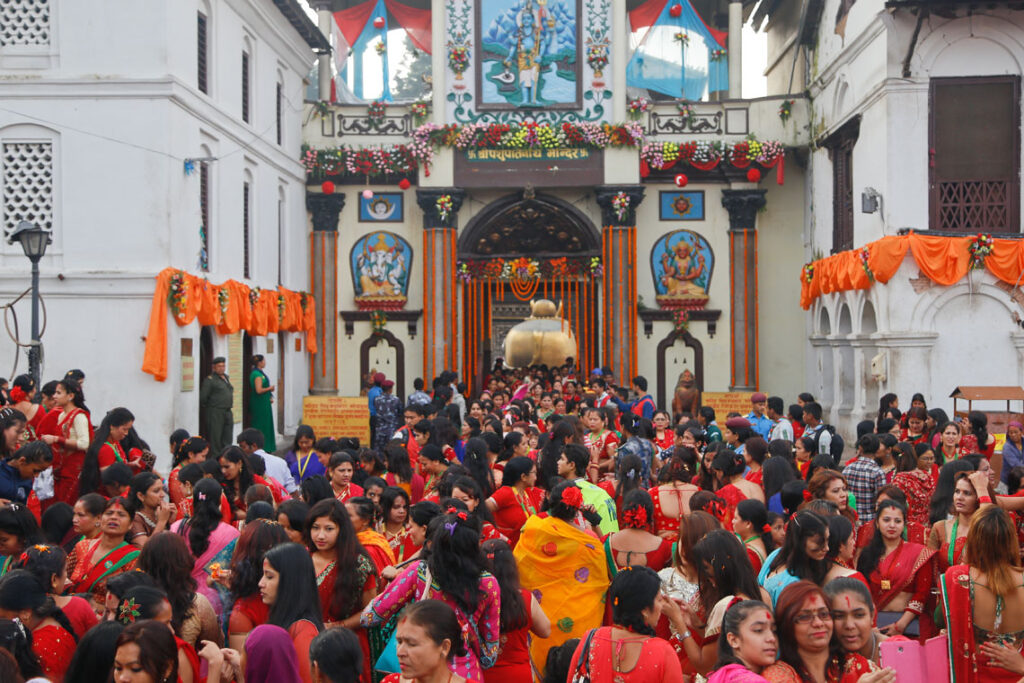
“We hope to complete the pilgrimage by offering flowers and leaves,” says 65-year-old Lali Mahto from Ramnagar, who is preparing for the Mithila Maadhimiki Parikrama after Mahashivaratri. Interest and discussions about the festival are growing in various villages across Mahottari. There are also increased preparations for celebrations at Shiva temples, with many being cleaned and painted in anticipation of the festival.
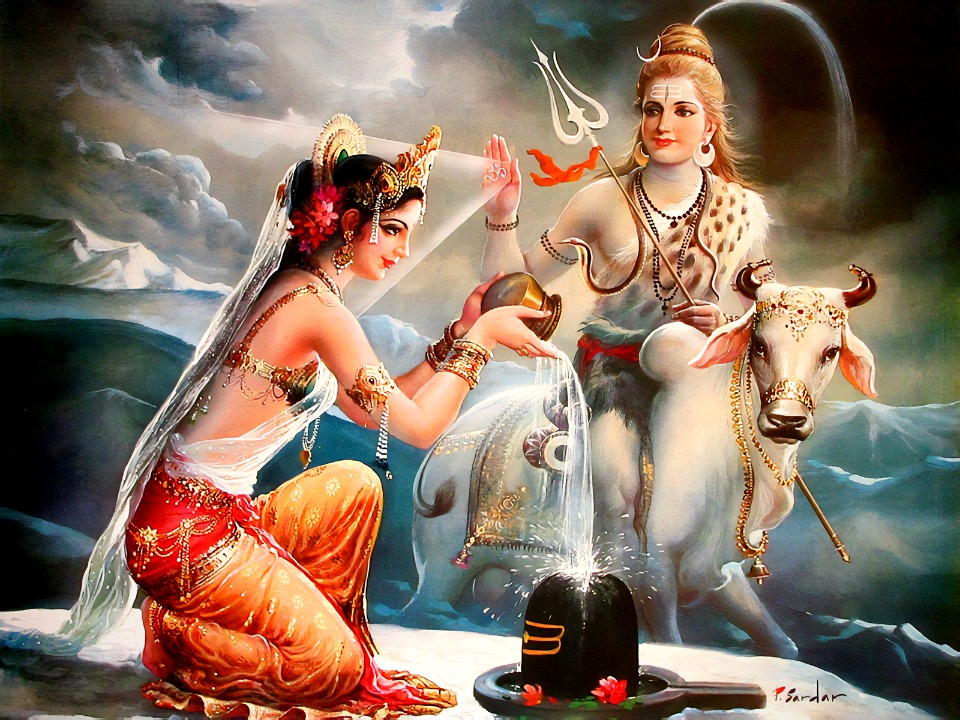
The Mahashivaratri festivities are vibrant in temples such as Jaleshwar Nath in Jaleshwar-1, Tuteshwar Nath in Bardibas-5, Siddh Nath in Bhagaha-5, Mangal Nath in Sonma-7, and Dhushneshwar Nath in Gedhabhetpur. Other temples, including Kameshwar Nath in Bardibas-14 and Indreshwar Nath Mahadev in Raimaindal, are also gearing up for the festival. Local preparations are being organized at Tuteshwar Nath temple, according to the temple management committee chairman and ward chairperson Kahar Man Syang.
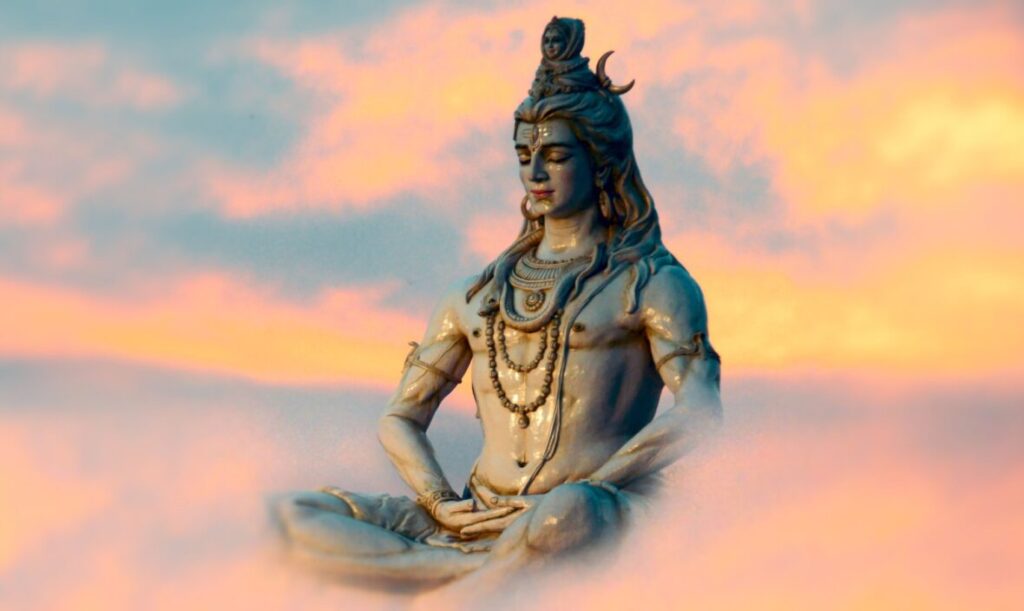
Mithila has a tradition of organizing the Mahashivaratri fair from the 12th to the 14th day of the dark fortnight of Falgun. As the festival approaches, items for sale related to the celebrations are being arranged near temple premises, with locals preparing to sell offerings like leaves and flowers. This year, Mahendra Mahto from Ramnagar plans to sell 10,000 units of offerings for Mahashivaratri.
Following Mahashivaratri, the Mithila Maadhimiki Parikrama festival will be celebrated throughout the Shukla Paksha (waxing phase of the moon) in Falgun, starting on the day of the new moon. The Mithila Maadhimiki Parikrama tradition includes a 15-stop pilgrimage over 133 kilometers, with overnight stays in Mahottari, Dhanusha, and the neighboring Indian district of Madhubani. Jaleshwar municipality’s mayor, Suresh Sah Sonar, says preparations are in the final stages for the night stays during the Mahashivaratri and Mithila Maadhimiki Parikrama.
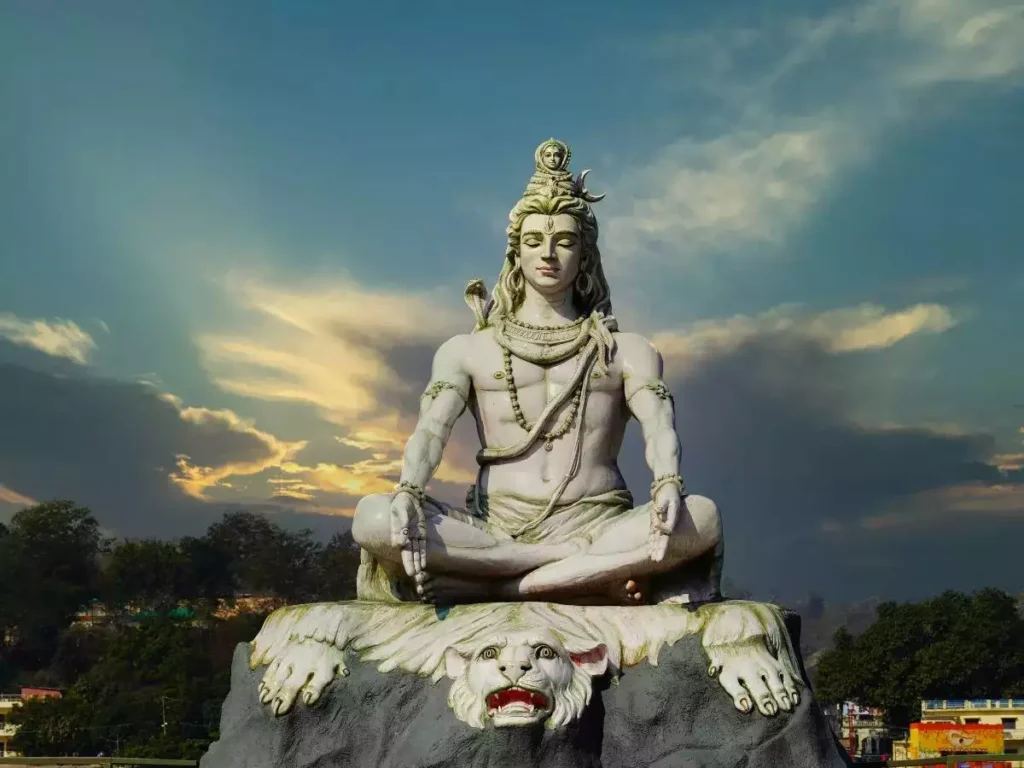
This pilgrimage, regarded as Mithila’s great kumbh, involves walking barefoot to visit sacred sites while carrying the images of Awadh Kishore (Lord Ram) and Kishori Ji (Sita). The journey concludes on the full moon day of Falgun, coinciding with the Holi festival, which is linked to stories of Ram and Sita’s forest sojourn and the demon Hiranyakashipu in the Satya Yuga.
The Mithila Maadhimiki Parikrama has five overnight stops in Mahottari, including Matihani, Jaleshwar, Madai, Dhruvkund, and Kanchanban.
There are six overnight stops in Dhanusha and four in Madhubani, India. Thousands of sages from Nepal and India participate in this pilgrimage, with local authorities, temple management, social organizations, and individuals providing accommodations, medical aid, meals, and emergency services for pilgrims.
The preparations for these major festivals are significant in Mithila. Villages close to where the Mahashivaratri fair and Mithila Maadhimiki Parikrama take place become bustling with visitors. Residents begin welcoming guests and preparing meals and accommodations days in advance, showcasing the cultural richness of Mithila as it gears up for these grand celebrations.
